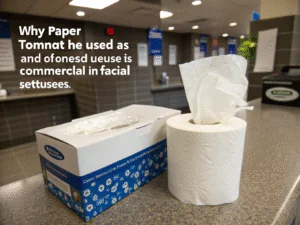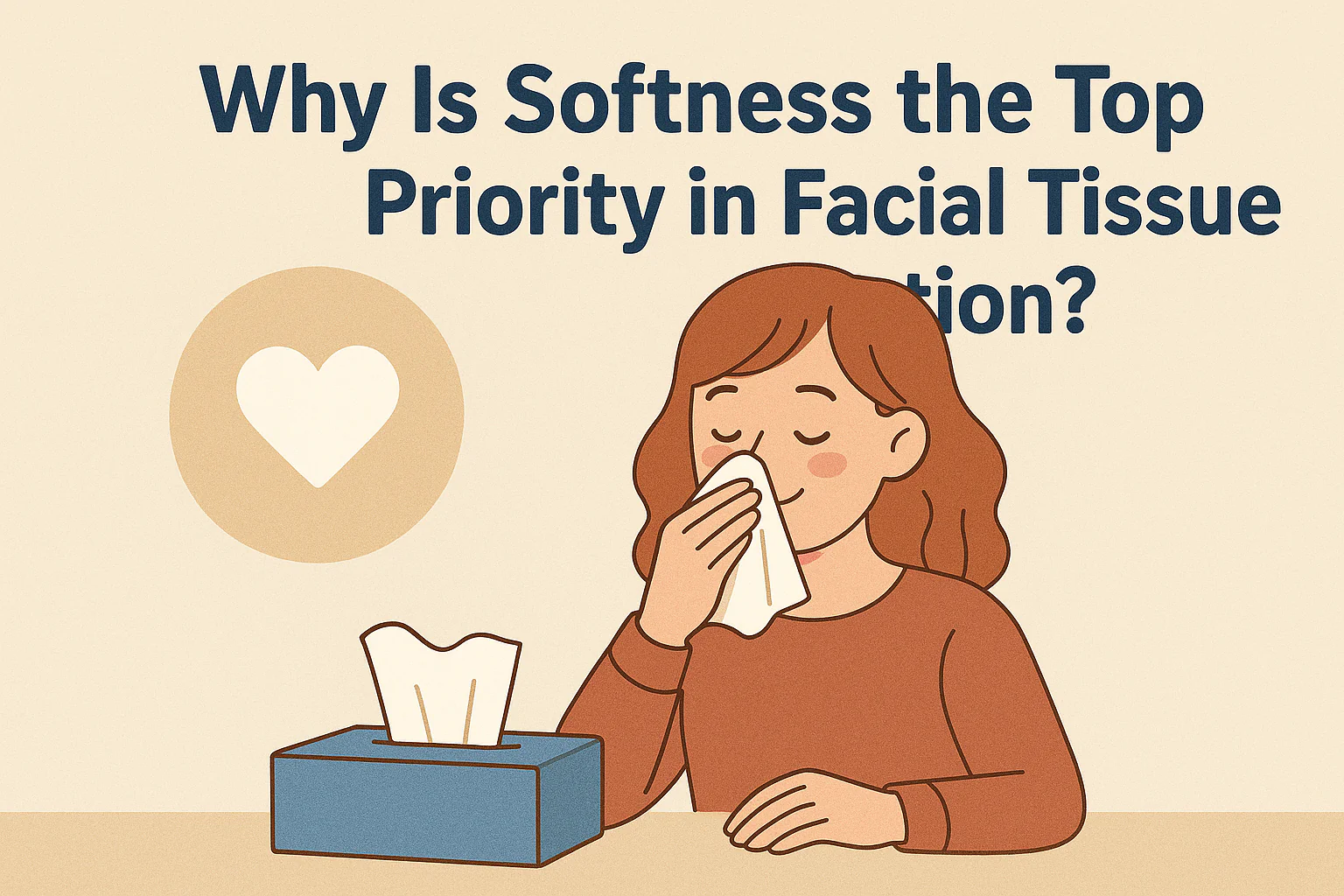Why Is Softness the Top Priority in Facial Tissue Selection?
Consumers judge tissues by feel first. If the sheet feels rough, they switch brands quickly. This is why softness defines product success in the tissue market.
Softness matters because it delivers comfort, reduces irritation, and builds loyalty. Ultra soft facial tissues consistently perform better in trials and encourage repeat purchases, making softness the top benchmark for product development.
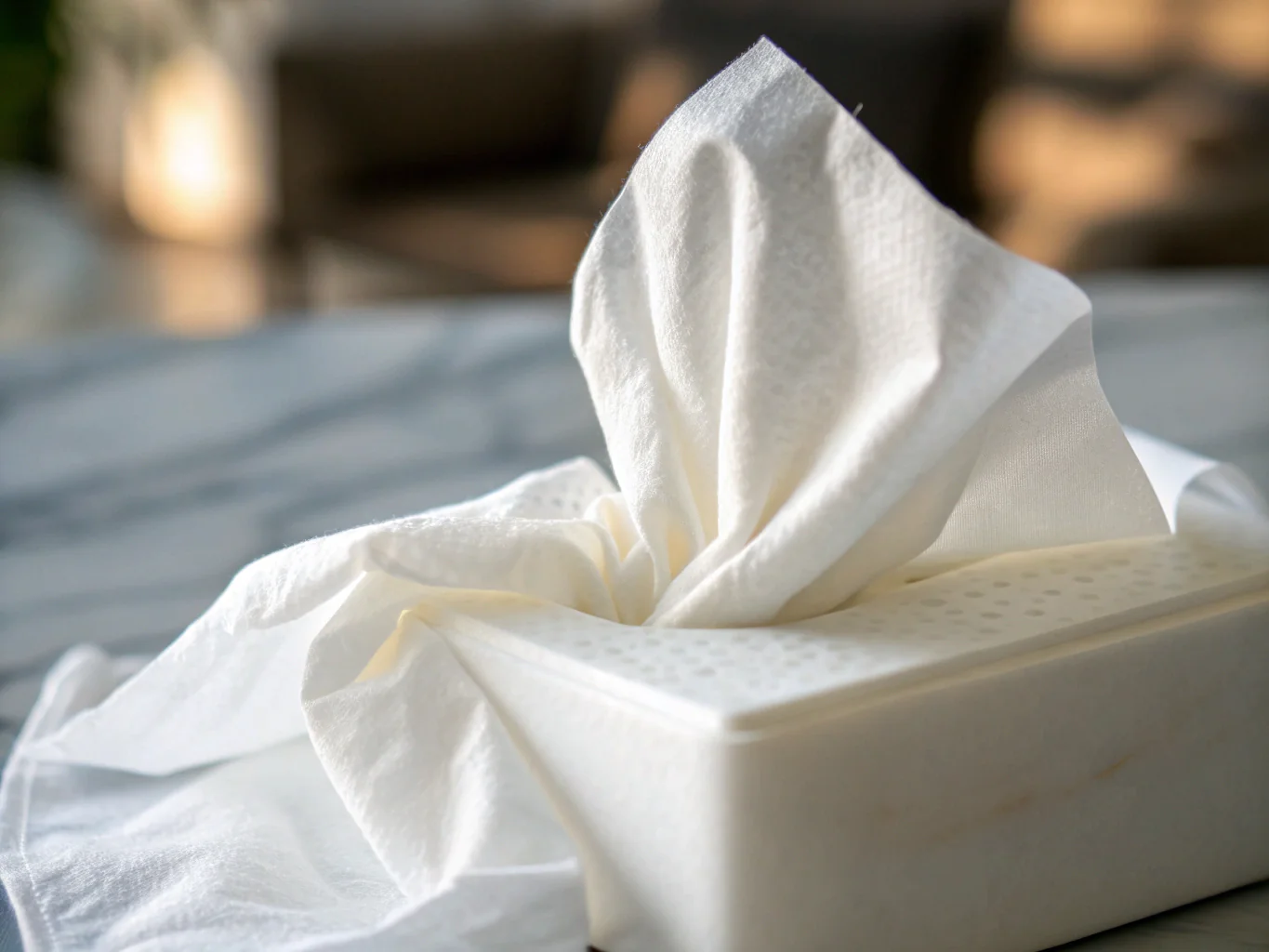
I have tested many tissue brands side by side. Each time, customers rank softness above absorbency and packaging. Let’s explore why this matters for every tissue brand.
Why Does Softness Matter Most in Facial Tissues?
When people reach for a tissue, they expect comfort. Any irritation can feel like a failure.
Softness is the key because it reduces skin irritation, enhances comfort, and shapes customer preference more than any other feature.
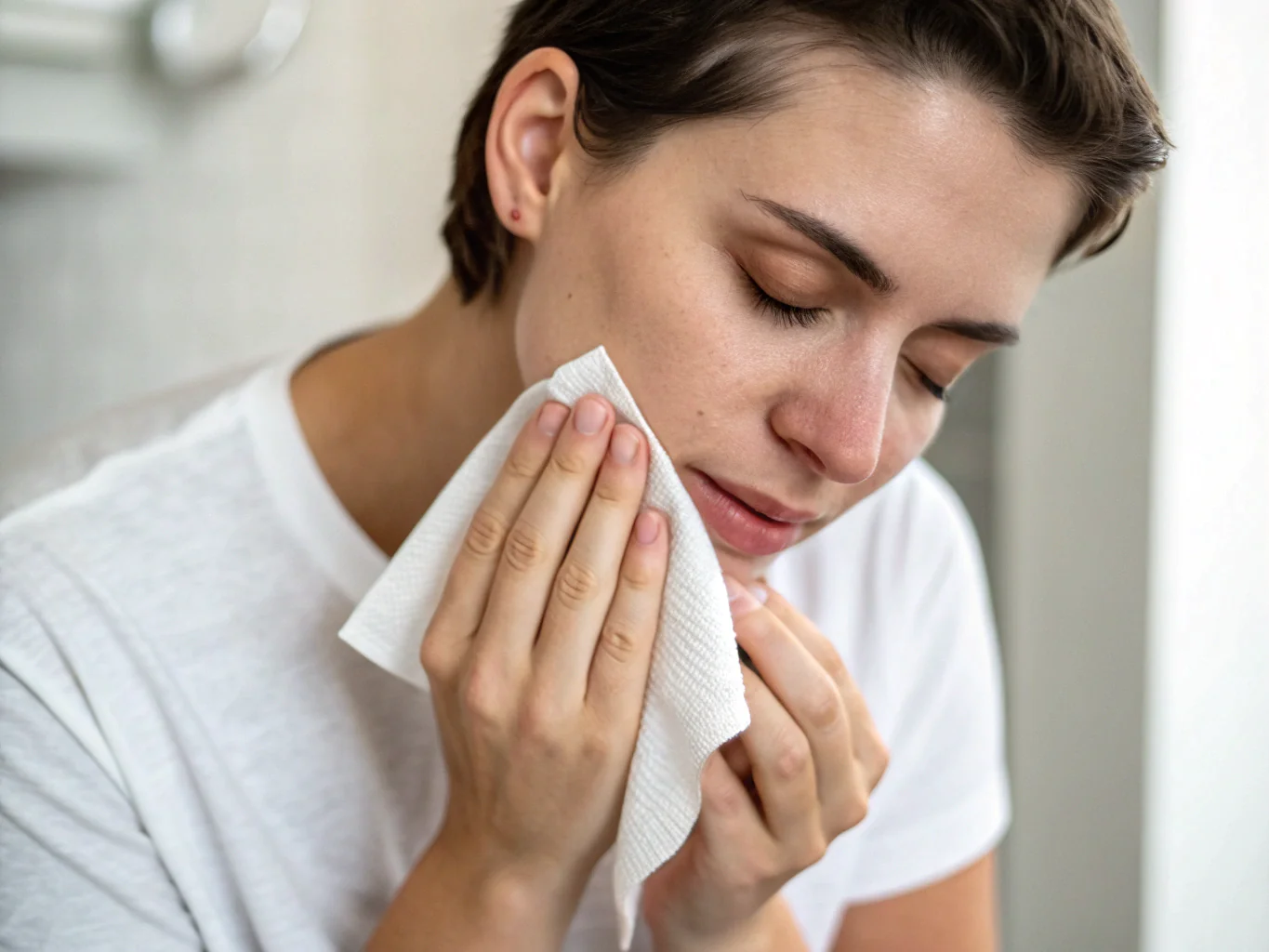
Let's explore more
Facial tissues touch sensitive areas like the nose, lips, and cheeks. During colds or allergies, people may use dozens in a day. A rough texture can cause redness and pain. In contrast, soft tissues feel gentle, even with frequent use.
Market surveys show that customers often describe their favorite brands using words like “soft,” “gentle,” or “smooth.” These emotional words drive loyalty. Even if tissues are strong and absorbent, shoppers will not repurchase if softness is missing.
In my own consumer trial, I asked families to compare tissues without brand labels. The softest one always won, regardless of price. This proves softness is not just a feature—it is the deciding factor.
How Is Tissue Softness Measured and Tested?
Softness feels subjective, but manufacturers need clear benchmarks to compete in the market.
Softness is measured through lab tests, consumer panels, and tactile evaluations that rate texture, smoothness, and comfort.
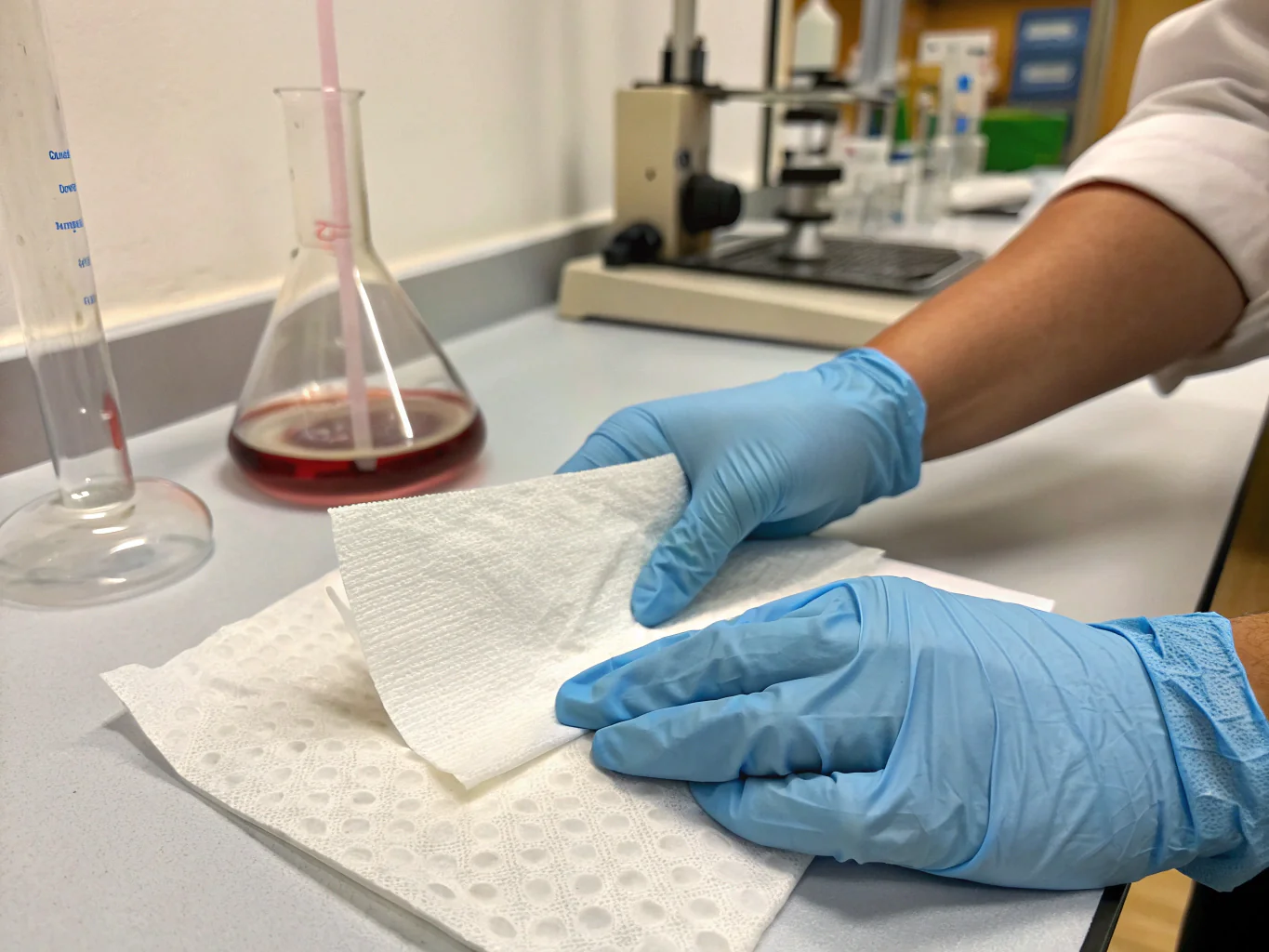
Let's explore more
Laboratories use instruments that measure surface smoothness and compressibility. These tests give an objective score for softness. However, science alone does not capture how people experience tissues. That’s why brands also rely on consumer panels.
In these panels, testers touch and use tissues under controlled conditions. They compare samples for feel and comfort. This feedback highlights differences that machines may not detect. For example, one tissue may feel smooth but collapse when damp.
I once attended a trial in Dubai where shoppers were asked to rate tissues blindfolded. The results matched lab data: 3-ply virgin pulp tissues scored highest. Combining technical tests with real feedback gives brands a reliable roadmap for product development.
Does Ply Count Affect Softness in Facial Tissues?
The number of layers inside a tissue changes how it feels in the hand and on the face.
More plies increase cushion and smoothness. A 3-ply tissue is the standard for ultra soft facial tissues in premium markets.
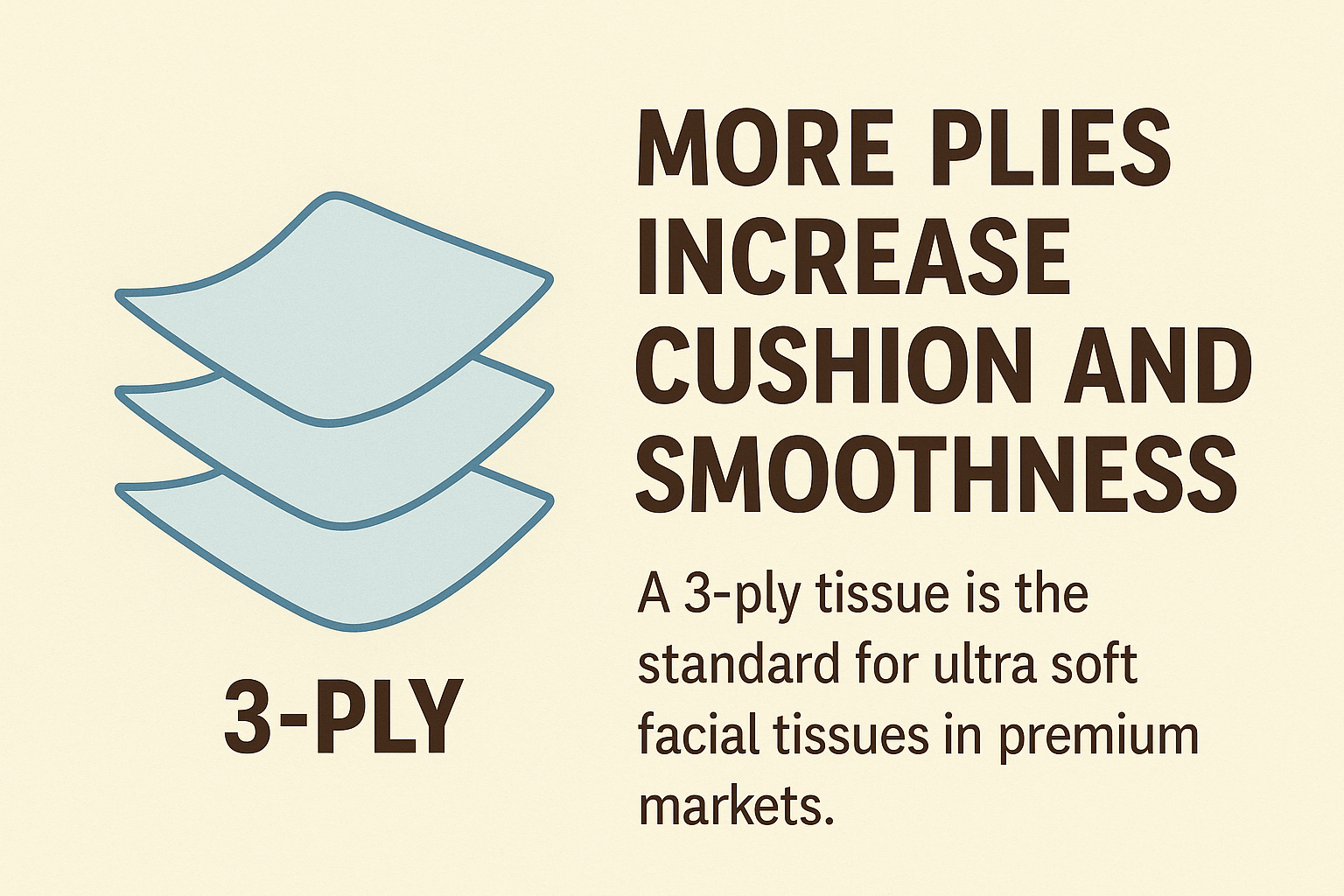
Let's explore more
Each ply adds a layer of strength and softness. Single-ply tissues are thin and may feel harsh. Two-ply tissues offer better comfort, but three-ply creates the cushion customers prefer. In fact, many brands label “3-ply” prominently on packaging because shoppers recognize it as a premium feature.
Retailers also know that ply count is a selling point. During one store visit I observed, a mother compared two boxes. She picked the 3-ply despite a higher price, saying, “This will be softer for my children.”
For procurement teams, stocking higher ply tissues may increase cost slightly. But the return in customer satisfaction and repeat sales makes it worthwhile. Ply count is not only technical—it is a visible quality signal.
What Role Does Pulp Type Play in Tissue Softness?
The source of paper fibers determines how smooth and strong tissues feel.
Virgin pulp and bamboo fibers produce smoother and softer tissues than recycled fibers, which may feel rough or inconsistent.
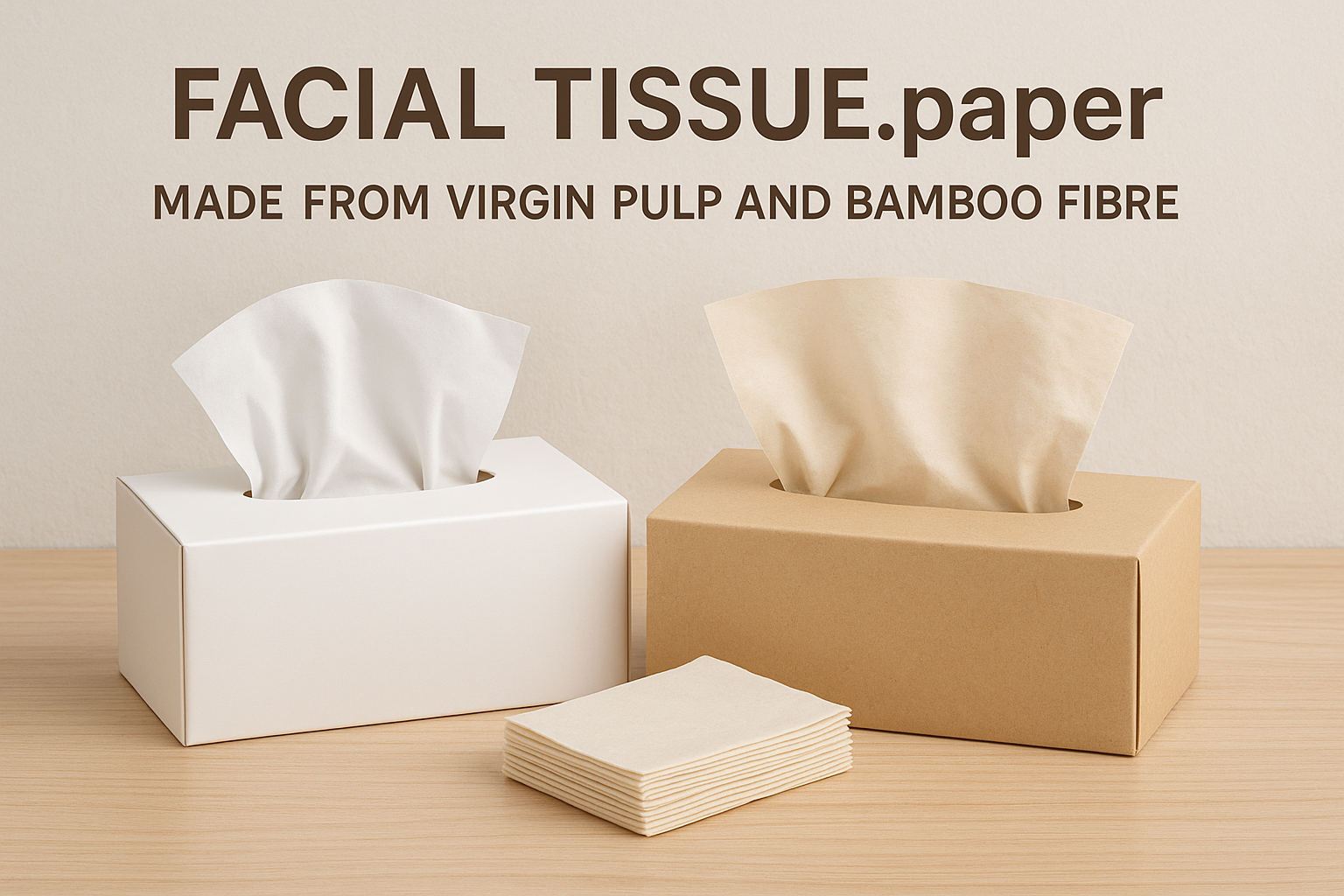
Let's explore more
Virgin pulp comes from fresh wood fibers. These fibers are long and uniform, producing a smooth surface with fewer particles. Bamboo pulp is another premium option. It is naturally soft, hypoallergenic, and strong, making it ideal for facial tissues.
Recycled fibers, by contrast, are shorter and less consistent. They may leave dust or feel rough. While recycled pulp supports eco-friendly goals, many customers still prefer the comfort of virgin or bamboo-based tissues.
I once tested a recycled pulp tissue during an allergy season. After a day of use, my nose felt raw. When I switched back to virgin pulp tissue, the irritation stopped. This simple trial confirmed what many shoppers already know: pulp type defines softness.
How Does Softness Impact Customer Loyalty and Repeat Sales?
Softness is not only about comfort—it is about brand survival in a crowded market.
Soft tissues build trust, encourage repeat purchases, and position brands in the premium category where loyalty is strongest.
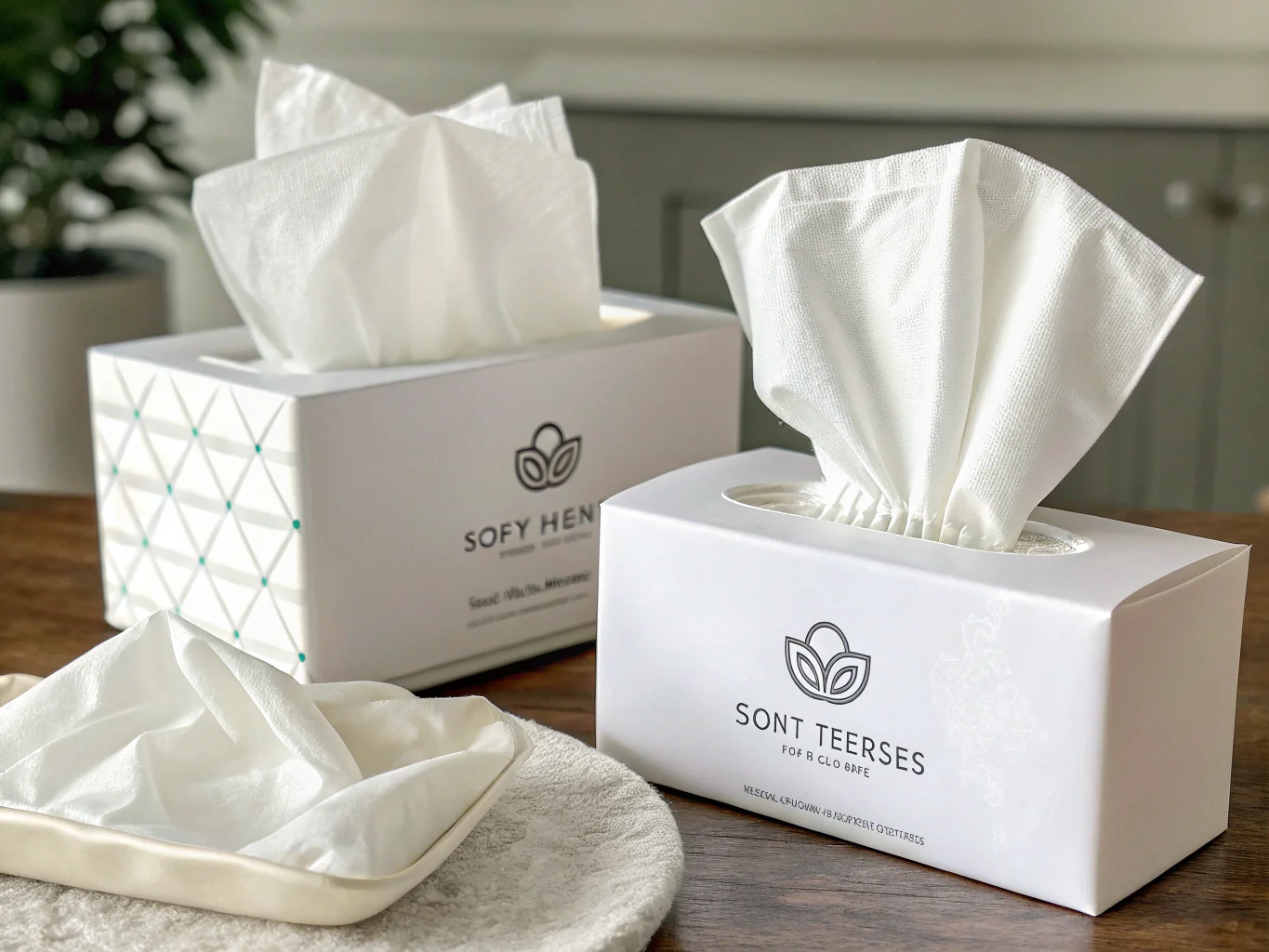
Let's explore more
Consumer behavior studies show that softness is the number one driver of tissue repurchase. People may forget packaging or even brand names, but they remember how a tissue felt during use.
Brands that prioritize softness are often positioned as premium. This allows them to charge higher prices while maintaining strong sales. Kleenex Ultra Soft is a clear example—it dominates its category despite competition from cheaper brands.
In my discussions with distributors, they confirm that once a shopper identifies a tissue as soft and comfortable, they rarely switch. This loyalty creates steady repeat orders for retailers and wholesalers. For product development teams, investing in softness is the most reliable way to secure long-term success.
Conclusion
Softness is the foundation of facial tissue success. It ensures comfort, drives loyalty, and keeps customers returning to the same brand again and again.
Share this article
About the Author

You might also like
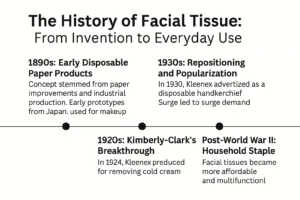
The History of Facial Tissue: From Invention to Everyday Use?

What Is Facial Tissue and How Is It Different From Toilet Paper?
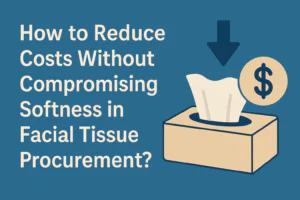
How to Reduce Costs Without Compromising Softness in Facial Tissue Procurement?

Is Bamboo Pulp a Better Option for Soft Facial Tissue Buyers?
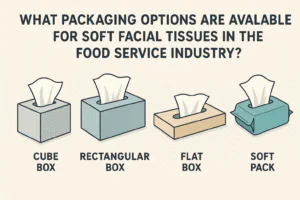
What Packaging Options Are Available for Soft Facial Tissues in the Food Service Industry?

How to Choose the Right Soft Facial Tissue for Middle Eastern Markets?

What Are the Key Features of High-Quality Soft Facial Tissues for Retail Chains?

How Can Customized Soft Facial Tissue Packaging Elevate Your Brand?

Why Do Wholesalers Prefer Soft Facial Tissues Made from Virgin Pulp?
